
Gotthelf Fischer von Waldheim was a Saxon anatomist, entomologist and paleontologist.
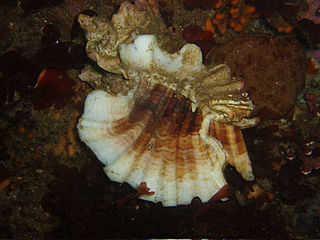
Ocenebrinae is a taxonomic subfamily of predatory sea snails, marine gastropod mollusks. This subfamily is within the large family Muricidae, which are commonly known as the murex and rock snails.

Xenophora, commonly called carrier shells, is a genus of medium-sized to large sea snails, marine gastropod mollusks in the family Xenophoridae, the carrier snails or carrier shells. The genus Xenophora is the type genus of the family Xenophoridae.
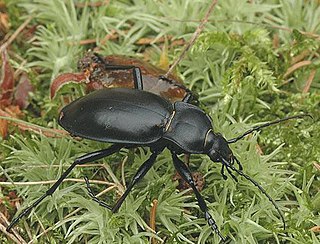
Carabus is a genus of beetles in family Carabidae. The genus is highly diverse with 94 subgenera, 959 species and 2300 subspecies, thus is the largest genus in the subfamily Carabinae. The vast majority are native to the Palearctic, but 16 Nearctic species are also known. Carabus spp. are 12–50 mm (0.47–1.97 in) long, and most species are wingless and often very colourful. These are nocturnal, predatory beetles that feed on snails, earthworms, and caterpillars. Most Carabus species were thought to have inhabited the Eurasian forest, but the species' low dispersal abilities altered the distribution of lineages within the genus.

The Gryphaeidae, common name the foam oysters or honeycomb oysters, are a family of marine bivalve mollusks. This family of bivalves is very well represented in the fossil record, however the number of living species is very few.

Cephalota is a genus of beetles in the family Cicindelidae, containing the following species:
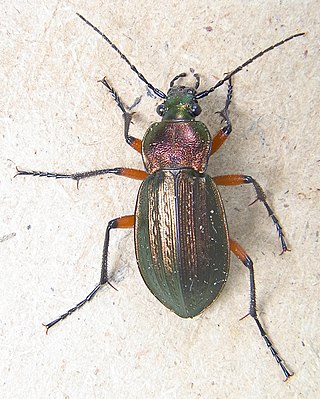
Carabus arcensis is a species of ground beetle in the family Carabidae. It is found in the Palearctic.

Cymindis is a genus of ground beetle native to the Palearctic, the Near East, and North Africa. It contains the following species:

Xestia trifida is a moth of the family Noctuidae. It is found in Romania, Ukraine, southern Russia, Turkey and Turkmenistan as well as the Iberian Peninsula.
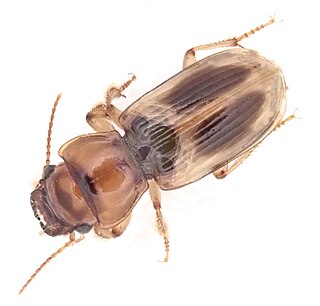
Daptus is a genus of beetles in the family Carabidae first described by Fischer von Waldheim in 1823.
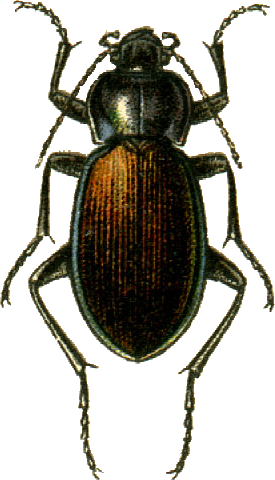
Carabus regalis is a species of beetle from the family Carabidae, found in Mongolia and Russia.

Calosoma panderi is a species of ground beetle in the family Carabidae. It is found in Kazakhstan, Kyrgyzstan, and Russia.
Cymindis decora is a species of ground beetle in the subfamily Harpalinae. It was described by Fischer Von Waldheim in 1829.
Cymindis lateralis is a species of ground beetle in the subfamily Harpalinae. It was described by Fischer Von Waldheim in 1820.
Cymindis macularis is a species of ground beetle in the subfamily Harpalinae. It was described by Fischer Von Waldheim in 1824.
Cymindis ornata is a species of ground beetle in the subfamily Harpalinae. It was described by Fischer Von Waldheim in 1823.
Nebria catenulata is a species of metallic green coloured ground beetle from Nebriinae subfamily that can be found in North Korea and Russia.

Nebria metallica is a species of ground beetle in the subfamily Nebriinae first described by Gotthelf Fischer von Waldheim in 1822. It ranges from the Aleutian Islands, southern Alaska, and western Canada south to Washington and Montana.
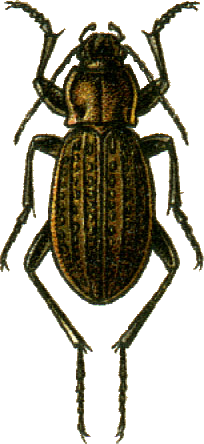
Carabus maeander is a species of beetle in the family Carabidae. The species fly in May and June, are black in colour and 15 to 23.5 millimetres long. It is found in northeastern United States and both central and southern Canada. The species is also found outside of North America. In Russia, it is found in eastern Siberia while in Japan it is known from Hokkaido and Kunashir Islands. It also exists in South Korea.

Pimeliini is a tribe of darkling beetles in the subfamily Pimeliinae of the family Tenebrionidae. There are more than 60 genera in Pimeliini, found primarily in the Palearctic.














